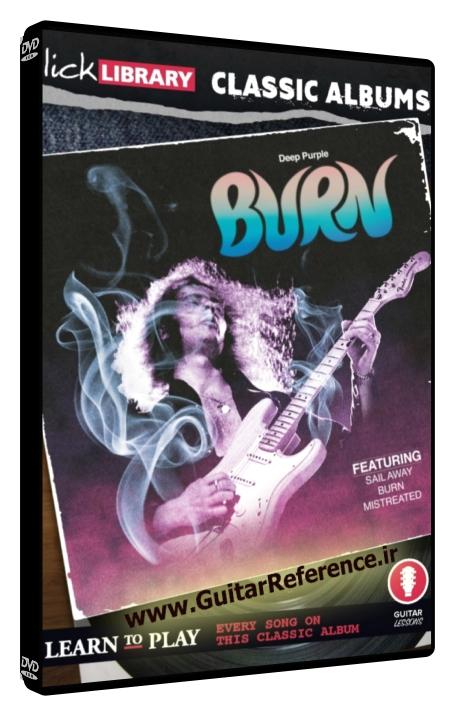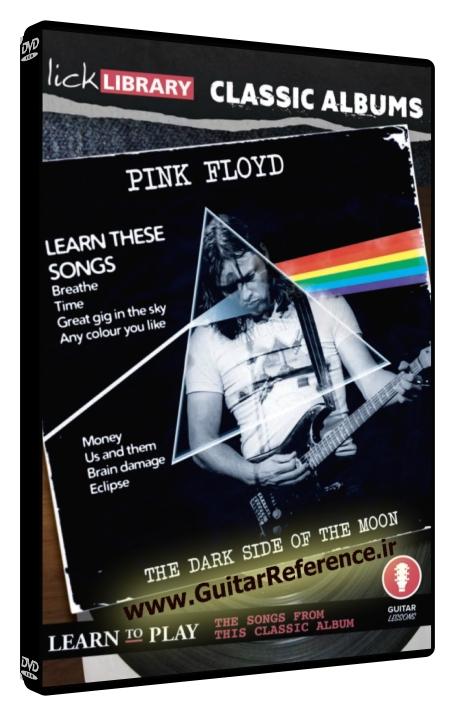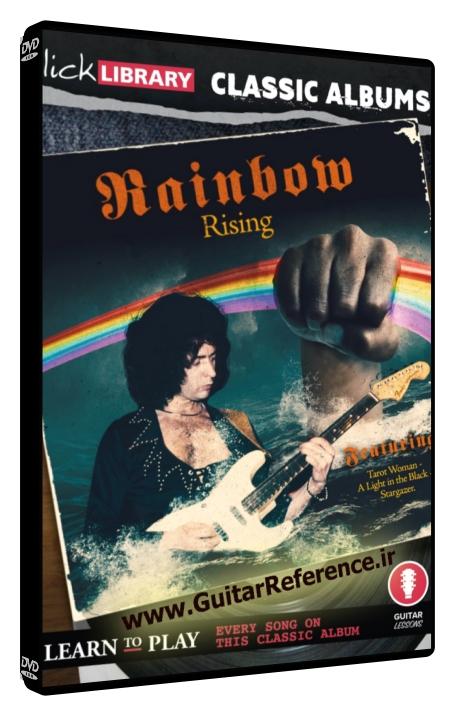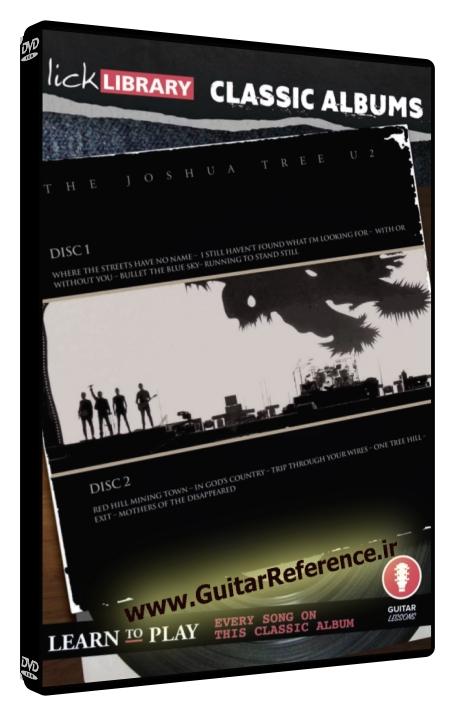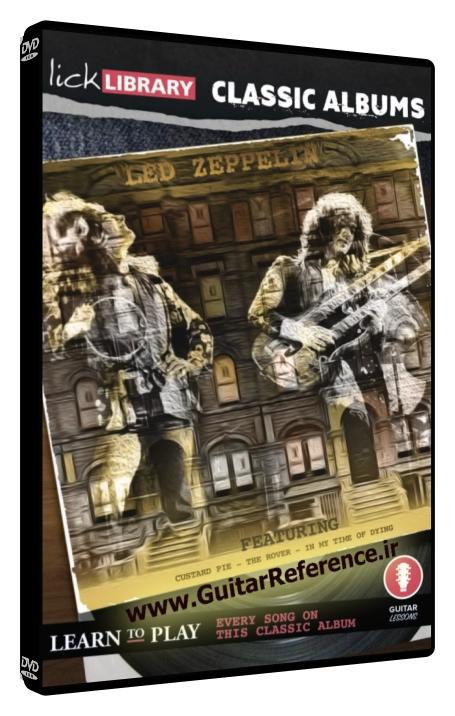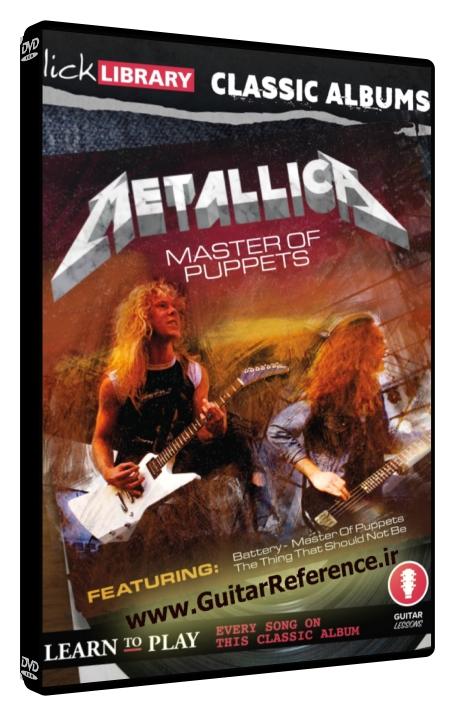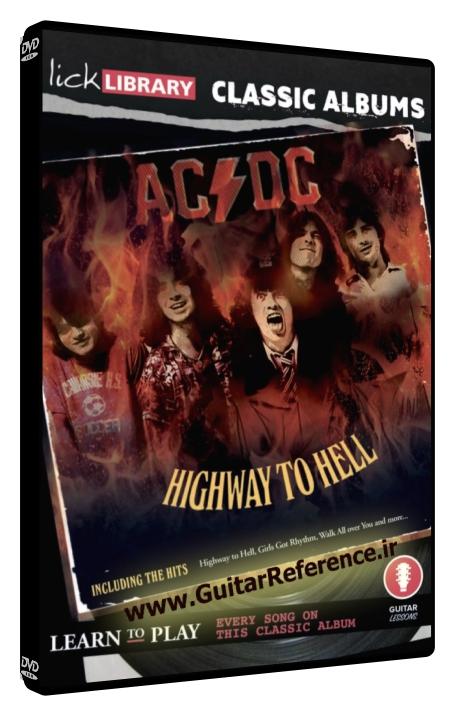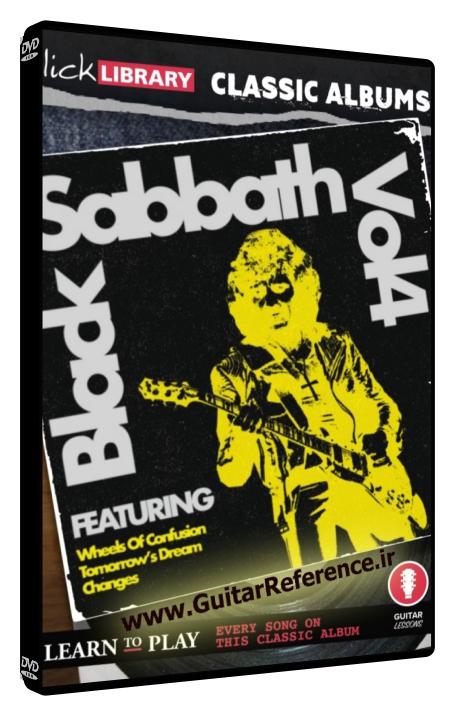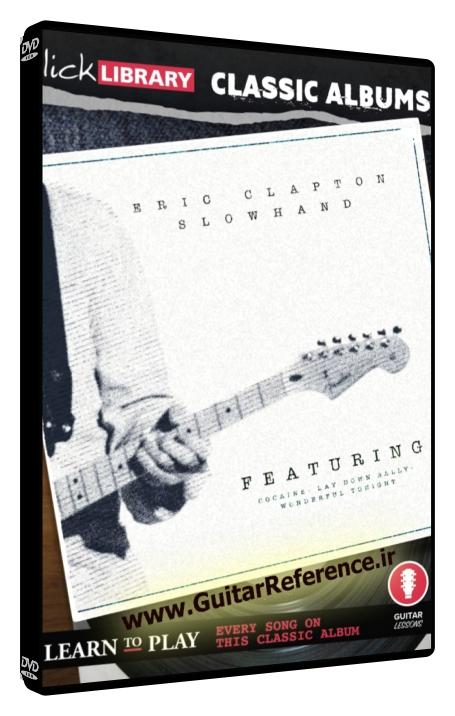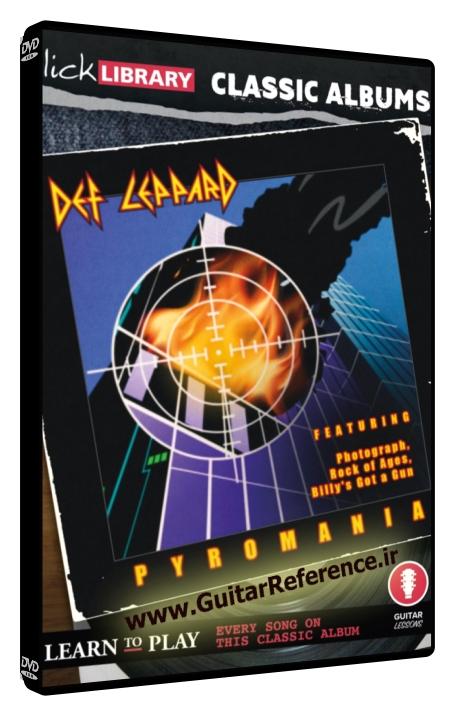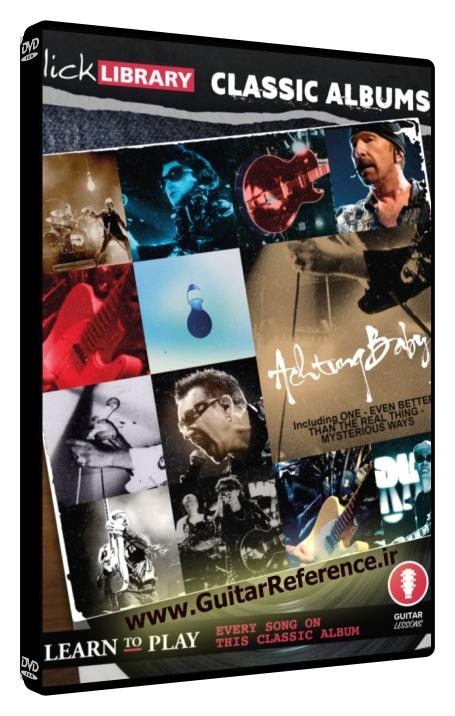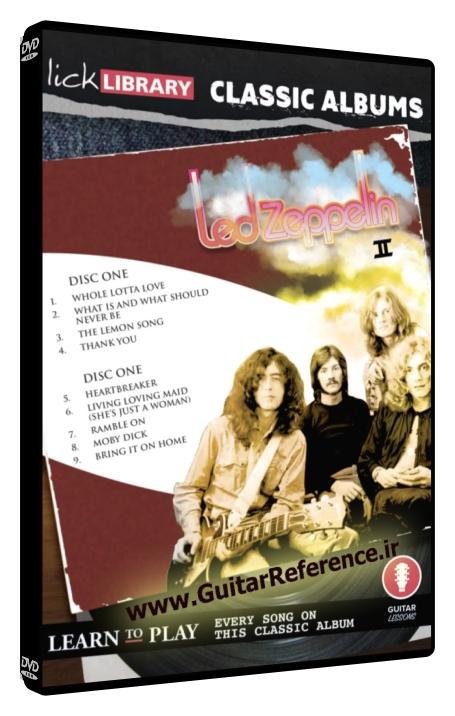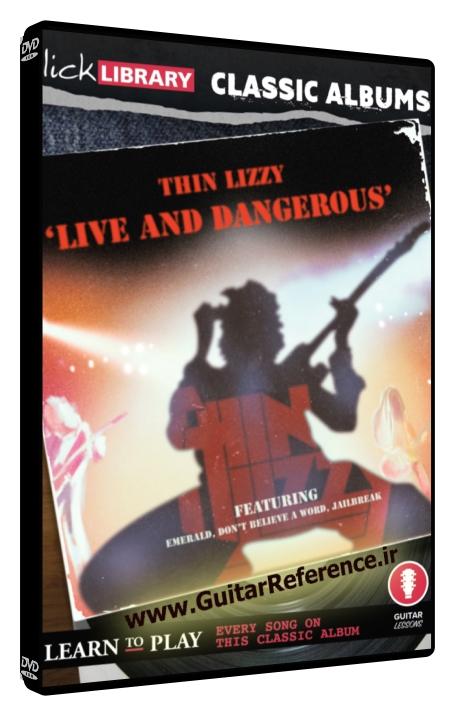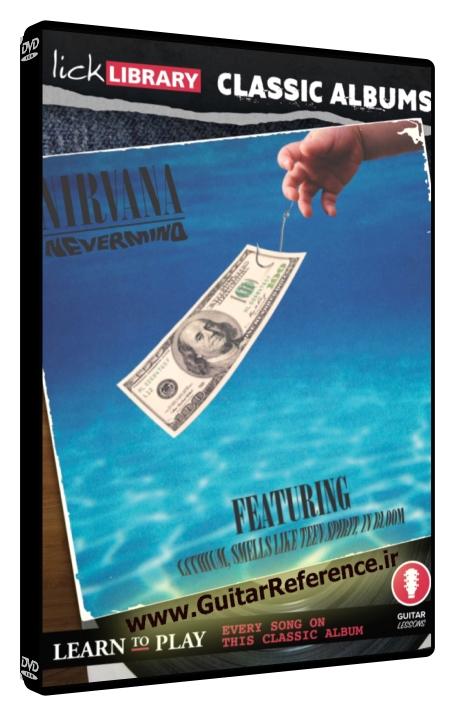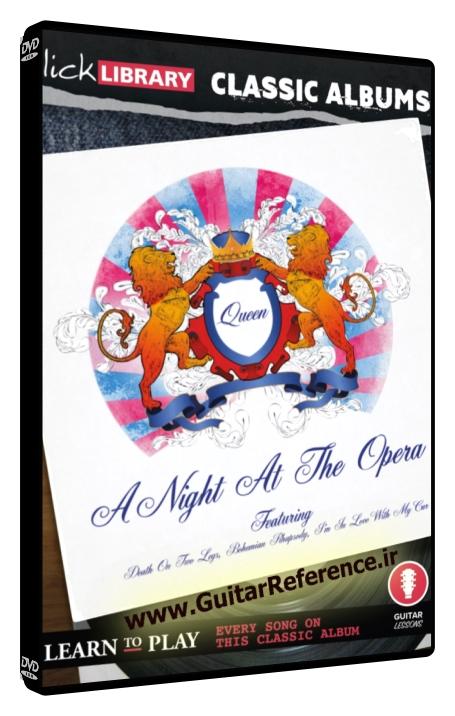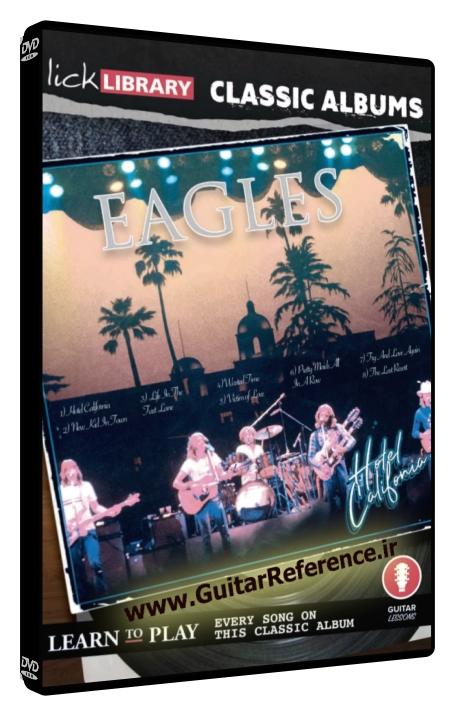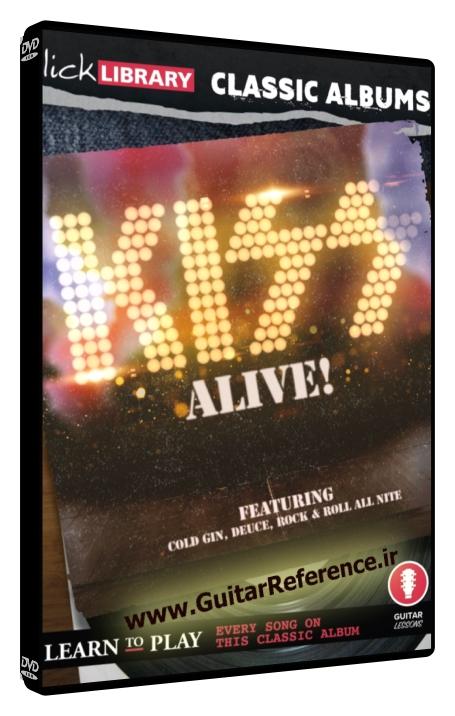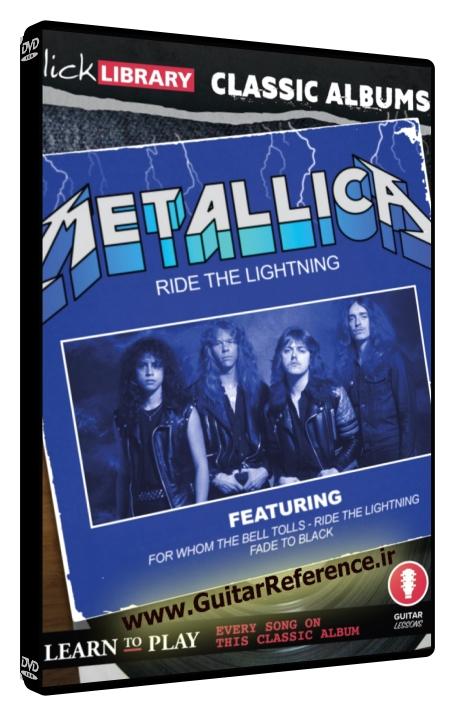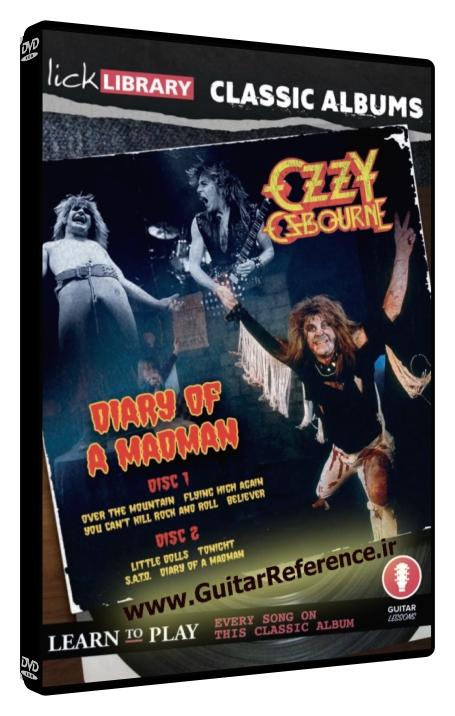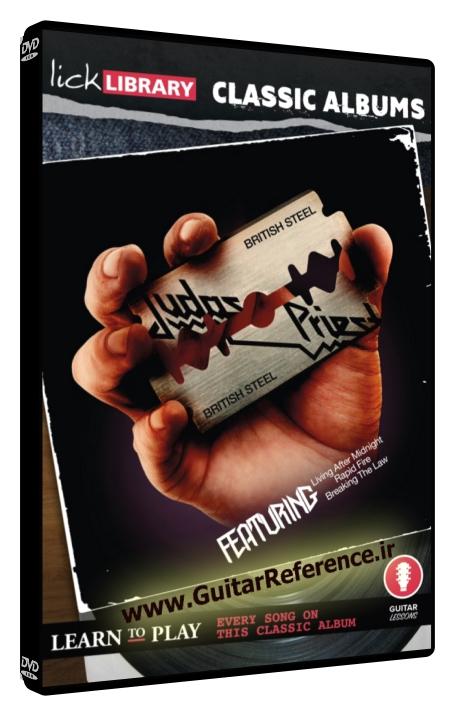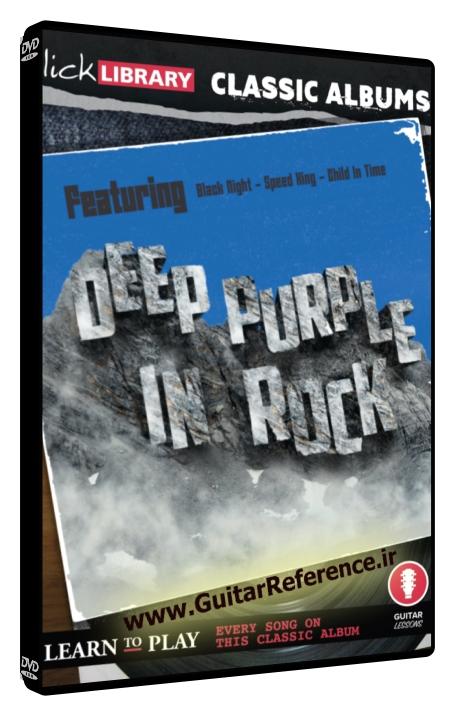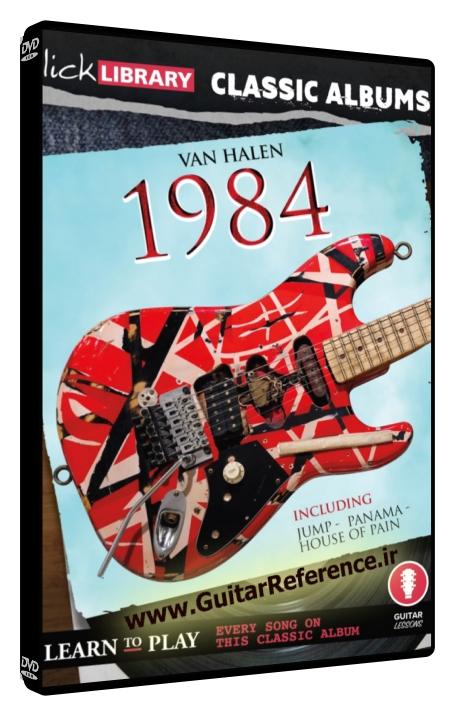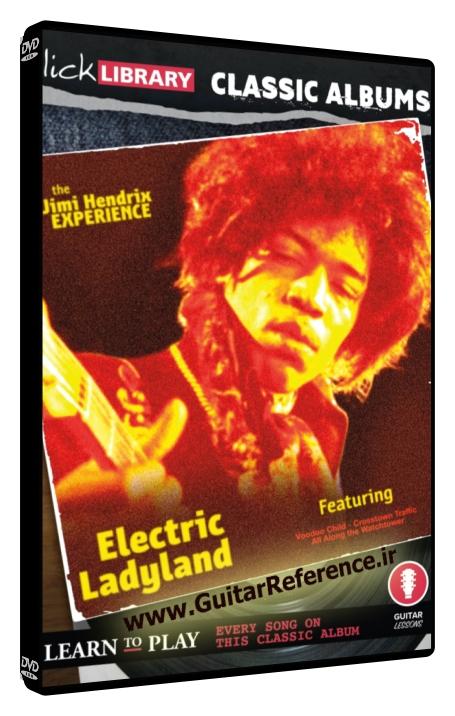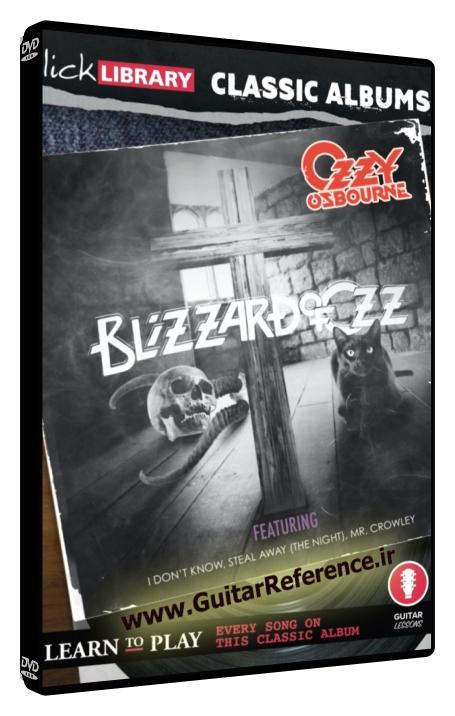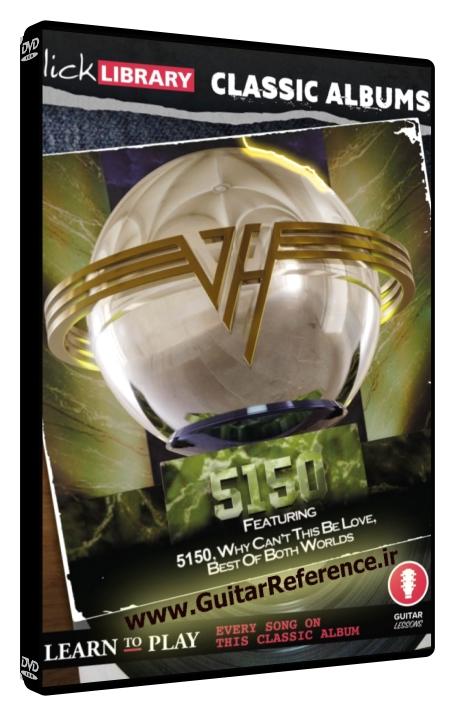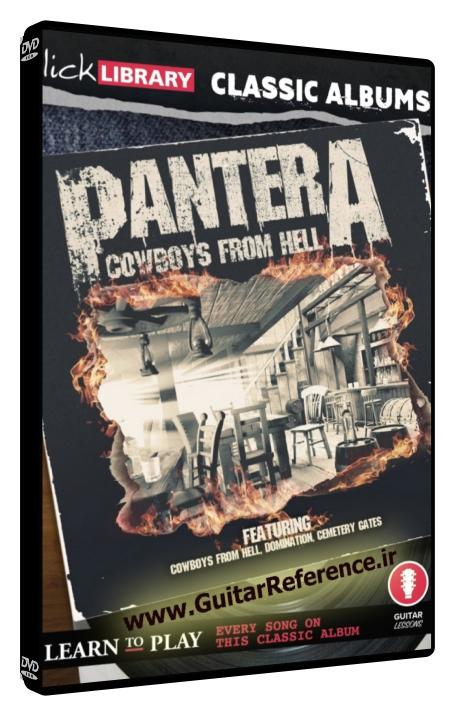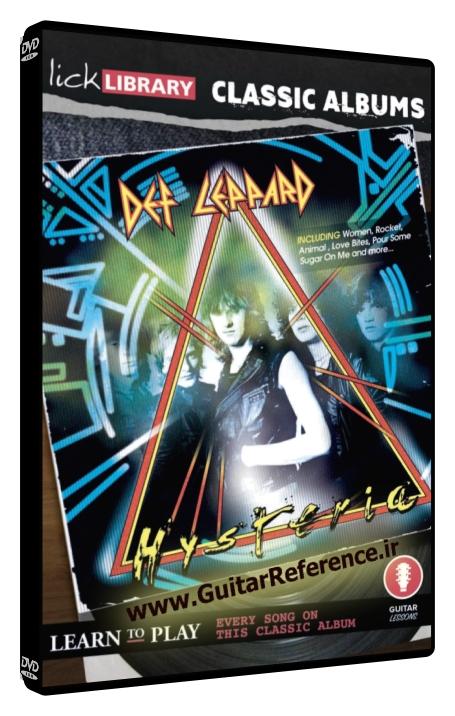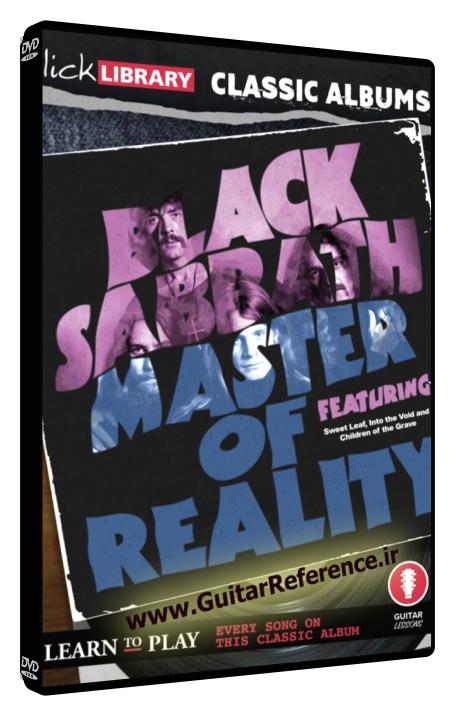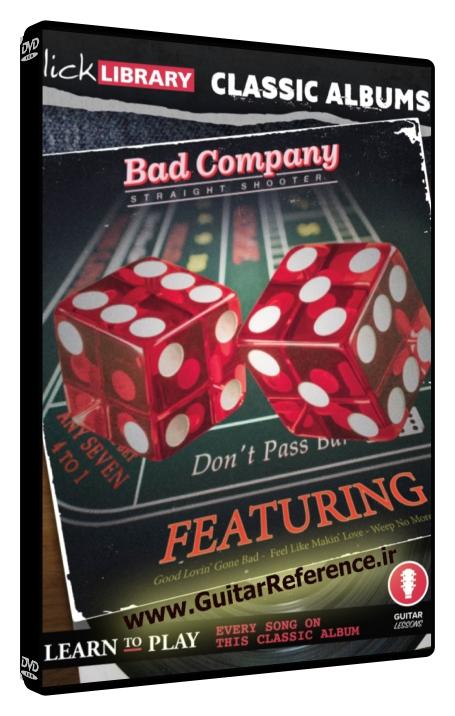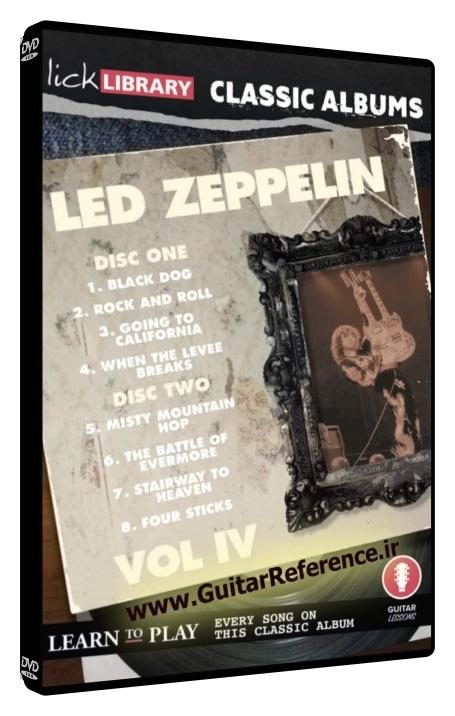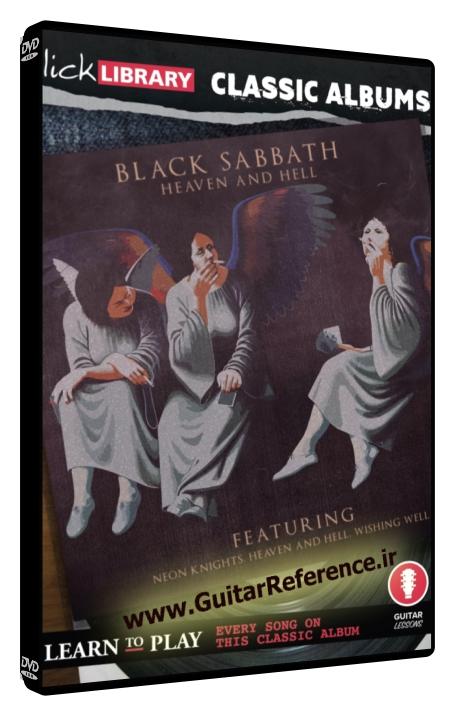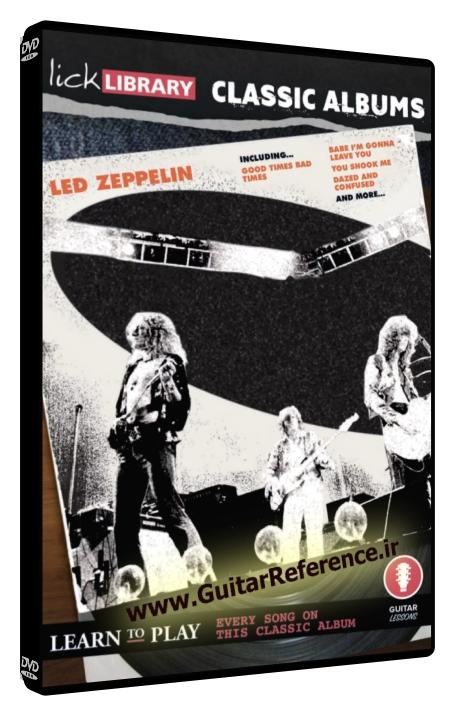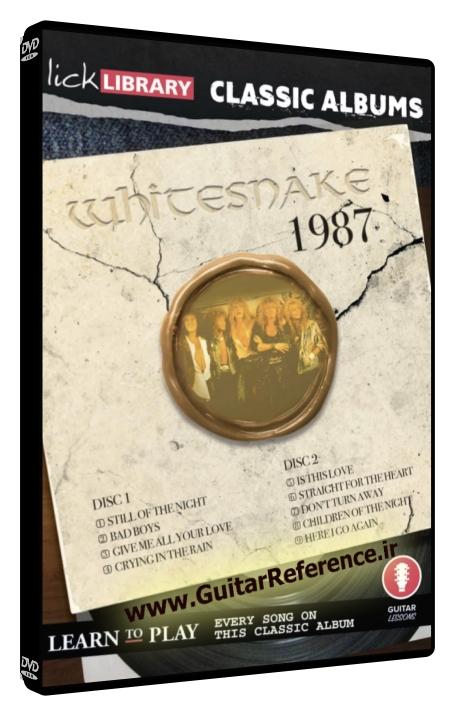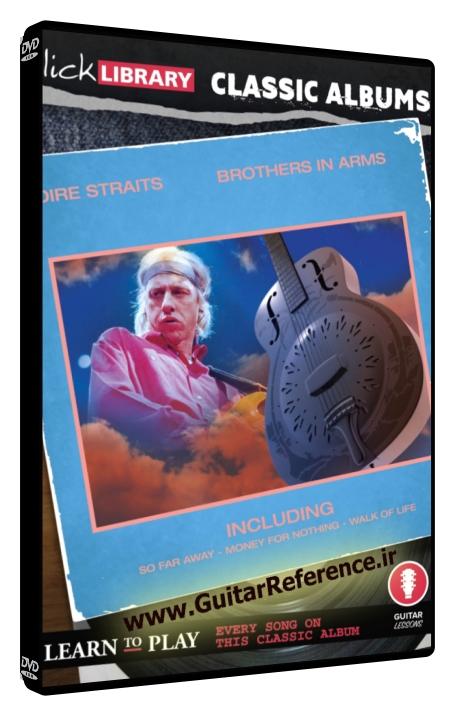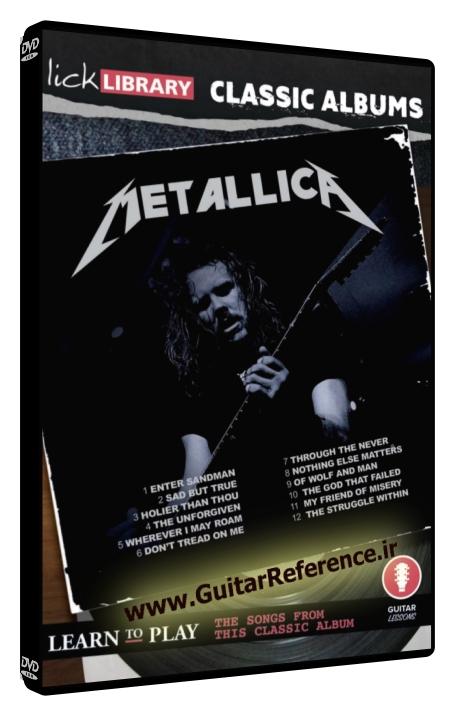Classic Albums – Burn (Deep Purple)
by Danny Gill
Product Size: 3.64 GB (WEBRIP)
37.99 $ 3.99 $
Description
Deep Purple – Burn: A Guitarist’s Review
Deep Purple’s eighth studio album, “Burn,” released in 1974, is a milestone in the evolution of rock music, notably due to the extraordinary guitar work of Richie Blackmore. Let’s take an in-depth look at this masterpiece.
Deep Purple’s Burn is one of the most iconic rock albums of the 1970s. The first to feature David Coverdale on vocals and Glenn Hughes on bass, Burn hit number three on the UK Albums Chart and number nine on the US Billboard 200, making it one of the band’s highest-rated and critically acclaimed releases.
In this course, LickLibrary veteran Danny Gill walks you through the many highlights of each song from this essential album one phrase at a time, including Ritchie Blackmore’s legendary guitar riffs and lead lines from tracks such as; “Sail Away,” “Burn,” and the epic “Mistreated.”
Guitar Lesson 1: “Burn”
“Burn” is an excellent showcase of Blackmore’s command over scales and techniques. The main riff is based on the G minor pentatonic scale, leaning heavily on power chords. The solo, however, is primarily in the G natural minor scale, introducing an extensive use of string bending and vibrato, which injects raw emotion into the technically precise playing.
Guitar Lesson 2: “Might Just Take Your Life”
“Might Just Take Your Life” is a bluesy rock track with a simple yet effective riff based around the E major scale. Blackmore also uses octave melodies and a few double-stops to create a dynamic soundscape. The solo is a study in the usage of the E Mixolydian mode, with Blackmore mixing in bluesy bends to enhance the overall musicality.
Guitar Lesson 3: “Lay Down, Stay Down”
In “Lay Down, Stay Down,” Blackmore displays a clear comprehension of syncopated rhythms. The riff is primarily in the A minor pentatonic scale, featuring palm muting for tighter, punchier notes. The solo is a fiery display of alternate picking and quick-fire pull-offs on the A natural minor scale.
Guitar Lesson 4: “Sail Away”
“Sail Away” exhibits an alluring mixture of the C# minor pentatonic and Dorian scales. Blackmore’s precision sweep picking is at full display in the solo, with clean, lightning-fast arpeggios that add a touch of classical influence to the hard rock landscape.
Guitar Lesson 5: “You Fool No One”
The minor pentatonic scale gets another workout in “You Fool No One.” Here, Blackmore employs trills and hammer-ons to provide rhythmic variation. The solo is a sonic feast, with heavy usage of the whammy bar to produce wild dive bombs.
Guitar Lesson 6: “What’s Goin’ On Here”
“What’s Goin’ On Here” features an infectious riff based around the E minor scale. Blackmore adds flavour using the technique of pre-bends during the solo, giving it a distinctive wailing sound.
Guitar Lesson 7: “Mistreated”
“Mistreated” is a slow blues track in the key of D minor, with Blackmore’s sensitive playing bringing a more emotional feel. It’s a great display of string bending and vibrato, with the guitarist extracting every possible ounce of feel from the notes.
Guitar Lesson 8: “A” 200
“A” 200 is a fast-paced instrumental featuring complex chord progressions and solos in various scales and modes. It shows Blackmore’s command of sweep picking, alternate picking, and the creative use of harmonics.
Richie Blackmore’s contributions to “Burn” have left an indelible mark in the history of rock guitar. His technical skills, combined with his emotional depth and creative vision, elevated Deep Purple’s sound and solidified his reputation as a guitar master.
Techniques Used in the Album
Vibrato / Alternate Picking / Legato / Harmonics / Pull-offs / Power Chords / Palm Muting / Sweep Picking / Chord Progressions / Dive Bombs / String Bending / Syncopated Rhythms / Bluesy Bends / Octave Melodies / Double-stops / Trills / Hammer-ons / Pre-bends
NB: PERFORMANCE FOOTAGE NOT INCLUDED WITH THIS COURSE
